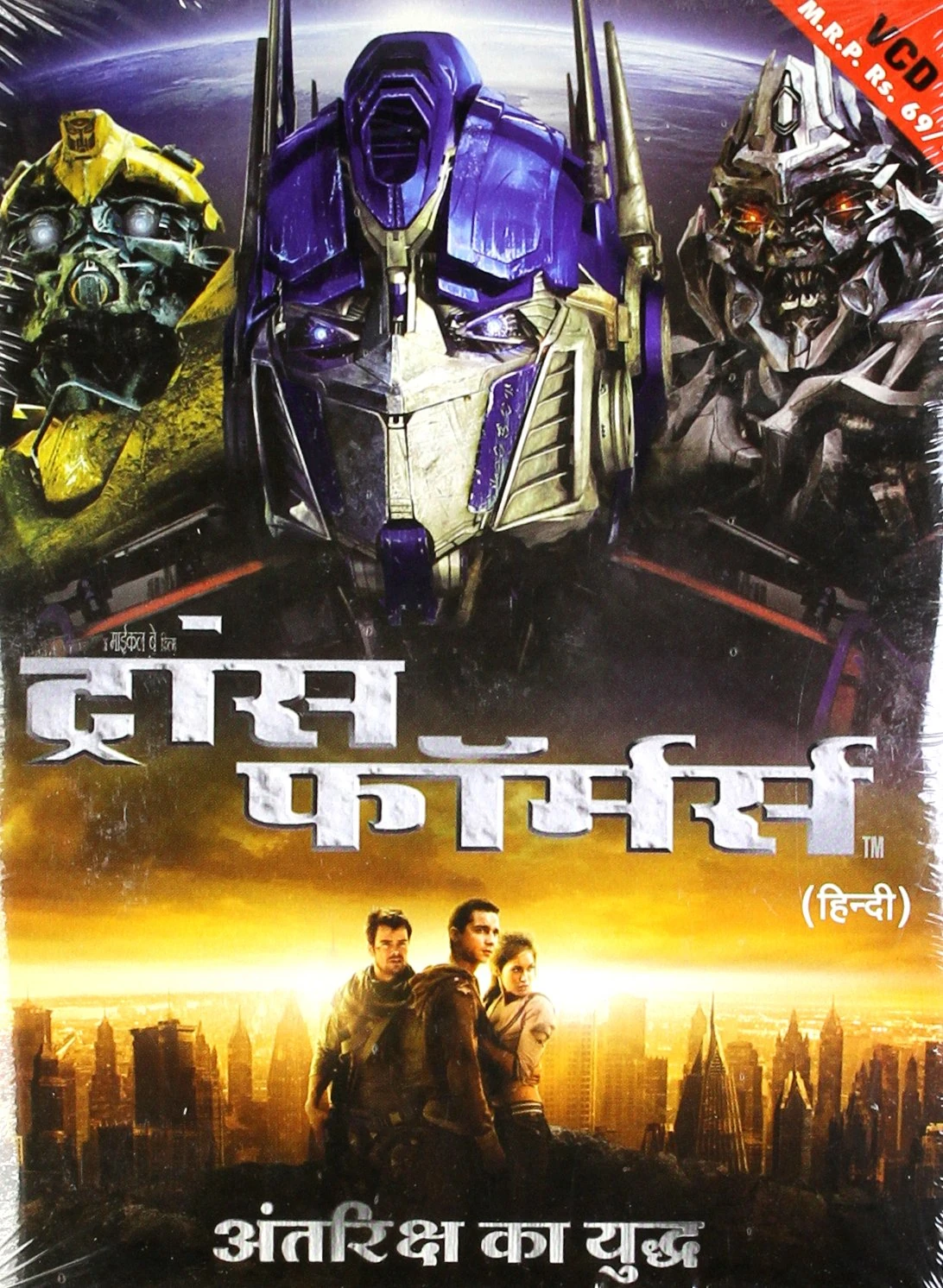Unveiling The World Of Hindi Dubbing: A Comprehensive Guide
Does the vibrant world of global cinema truly come alive without the crucial art of translation? Hindi dubbing, a cornerstone of the modern entertainment landscape, has become an indispensable bridge, allowing audiences to traverse cultural boundaries and immerse themselves in stories from across the globe. With the ever-increasing appetite for content that resonates locally, the significance of Hindi dubbing has reached unprecedented heights, opening doors for millions to experience films, series, and documentaries in a seamless and engaging manner.
Its not merely a matter of converting audio; Hindi dubbing is about crafting an experience, a connection that deeply resonates with the cultural tapestry of the Indian audience. As the entertainment industry continues to evolve at a breakneck pace, the invaluable contribution of dubbing artists and professionals, who breathe life into narratives, cannot be overstated. From the bustling studios of Mumbai to the digital platforms that connect the world, Hindi dubbing stands as a testament to the power of storytelling and the enduring human desire to share and understand experiences, regardless of linguistic barriers.
Let's delve into the intricacies of Hindi dubbing, its evolution from a niche practice to a mainstream necessity. This exploration will provide a comprehensive overview, from its historical origins to its profound impact on the entertainment industry. Whether you are a seasoned professional, an aspiring student, or simply a dedicated enthusiast, this examination aims to offer valuable insights into the vibrant world of Hindi dubbing.
- Priscilla Love Vanwinkle From Stage To Stardom Amp Beyond
- Michael Jacksons Plastic Surgery The Untold Story Legacy
| Category | Details |
|---|---|
| Name | Hindi Dubbing |
| Field | Entertainment, Media Localization |
| Description | The process of translating and re-recording audio for films, television series, documentaries, and video games in Hindi to allow wider audience access. |
| Key Areas | Script Translation, Voice Acting, Sound Mixing & Editing, Cultural Adaptation, Lip-Sync Synchronization |
| Notable Figures | Voice actors, sound engineers, translators, dubbing directors |
| Impact | Facilitates broader audience reach, Preserves cultural heritage, Fosters cultural exchange, Fuels industry growth |
| Challenges | Lip-sync accuracy, Cultural adaptation, Maintaining quality control, Translation accuracy and context |
| Technology | Digital Audio Workstations (DAWs), AI-powered translation, Cloud-based collaboration tools, Voice synthesis |
| Market Growth | Driven by streaming platforms (Netflix, Amazon Prime, Hotstar), Government initiatives, Increased digital access |
| Future Trends | Continued demand for localized content, Rise of global collaborations, Technological advancements (AI, Voice cloning), Expansion across diverse platforms |
| Related Industries | Film Production, Television Production, Animation, Video Game Development, Localization Services |
| Reference | Wikipedia - Dubbing |
The roots of Hindi dubbing are deeply embedded in the early days of cinema. As filmmakers envisioned reaching a broader audience, the adaptation of foreign films into Hindi emerged as a potent strategy. Initially, the practice was limited to a select few films, but as the demand grew, so too did the scope and scale of dubbing. The 1960s and 1970s witnessed a significant surge in Hindi dubbing, with films originating from Hollywood and other international markets achieving remarkable popularity in India. This period marked a turning point, laying the foundation for what would become a massive industry.
Over the years, the landscape of Hindi dubbing has undergone a transformative evolution. Fueled by advancements in technology, coupled with the growing global influence of Indian cinema, this industry has experienced significant growth. Today, Hindi dubbing extends far beyond films, encompassing television series, documentaries, and even video games, demonstrating the versatility and increasing importance of this field in the entertainment world. It's no longer a supplementary service; it's an essential component of how content reaches a wider and more diverse audience.
Significant Milestones in Hindi Dubbing
- 1960s: The introduction of Hollywood films dubbed in Hindi, opening the gateway for international content to reach a wider Indian audience.
- 1980s: The expansion into television content. The advent of satellite channels ushered in a new era, providing more platforms for dubbed programs.
- 2000s: The integration of digital technology. Digital audio workstations (DAWs) and other advanced tools revolutionized the process, enhancing speed, efficiency, and quality.
The intricate process of Hindi dubbing encompasses several crucial stages, each requiring meticulous attention and unwavering precision. From the initial translation of the script to the final sound synchronization, every step contributes to delivering a seamless, high-quality final product that resonates with viewers. The following outlines the key stages involved in the art of Hindi dubbing:
1. Script Translation
The initial phase involves translating the original script into Hindi. This critical step requires the expertise of skilled translators who possess a deep understanding of both the source language and the target language. The translation must expertly convey the original message while meticulously respecting the nuances and cultural context of the original work. This goes far beyond simple word-for-word translation; it requires a nuanced understanding of idioms, colloquialisms, and the overall tone of the original script.
2. Voice Recording
Once the script is meticulously translated, the next step involves dubbing artists recording their voices in a professional studio environment. This stage is where the characters truly begin to take shape. The goal is to match the audio with the lip movements of the characters on screen with precise synchronization. This painstaking process demands the dubbing artists must deliver their lines in a way that authentically aligns with the visual performance. This synchronization is critical to creating a believable and immersive experience for the viewer.
3. Sound Mixing and Editing
The concluding phase entails mixing and editing the recorded audio with the original video footage. This is where the technical expertise of sound engineers comes to the forefront. They play a vital role in ensuring that the dubbed audio enhances the overall viewing experience. This process involves balancing the new audio with the original sound effects and music to create a cohesive and polished final product. The sound engineers work to ensure a seamless integration of the dubbed voices, making them sound natural and in sync with the visual elements, enhancing the overall impact of the content.
The Hindi dubbing industry plays a pivotal role in the entertainment sector, acting as a vital bridge connecting global content with local audiences. It provides a way for viewers who may not understand the original language to enjoy films and series without compromising on the quality of the viewing experience. This allows wider access to entertainment and helps in expanding the reach of global content.
Moreover, Hindi dubbing is instrumental in preserving cultural heritage. By adapting foreign content to suit Indian sensibilities, dubbing makes sure the audience connects with the story on a deeper level. This ensures the content resonates with the local culture and values.
Statistical Insights
As per a PwC report, the Indian entertainment industry is forecast to grow at a Compound Annual Growth Rate (CAGR) of 15% over the next five years. Hindi dubbing is a key contributor to this growth. The increasing demand for localized content is driving the expansion of dubbing services across various platforms, signifying the growing importance and potential of this industry.
Though the benefits are numerous, Hindi dubbing faces its fair share of obstacles. Professionals in the field must navigate several challenges, including:
- Lip Sync Issues: Synchronizing audio with the lip movements of characters is a significant challenge, particularly when dealing with complex sentences or fast-paced dialogue.
- Cultural Adaptation: Translating cultural references, idioms, and humor requires a deep understanding of both the source and target cultures.
- Quality Control: Maintaining a consistent level of quality across diverse projects demands rigorous testing and the implementation of comprehensive feedback mechanisms.
Technological advancements have revolutionized the Hindi dubbing industry, boosting efficiency and expediting the process. Tools such as automated translation software, digital audio workstations, and AI-driven voice synthesis have become integral, improving the dubbing experience significantly.
Emerging Technologies in Dubbing
- Artificial Intelligence: AI is being utilized to boost translation accuracy, reducing the need for manual effort and time.
- Cloud-Based Platforms: These platforms allow dubbing professionals to collaborate remotely, streamlining workflows and enhancing project management.
The market for Hindi dubbing is vast and rapidly expanding, fueled by the rise of streaming platforms. Services such as Netflix, Amazon Prime, and Disney+ Hotstar have dramatically increased the demand for localized content. According to a Statista report, the Indian OTT market is expected to reach $5 billion by 2025, with Hindi dubbing playing a critical role in this growth. The availability of more content in Hindi is crucial for attracting and retaining viewers on these platforms.
Furthermore, the Indian government's initiatives to promote regional languages have heightened the demand for Hindi dubbing. With broader access to digital platforms, the need for content in Hindi continues to rise, creating new opportunities within the sector.
Dubbing artists are the vital heart of the Hindi dubbing industry. Their ability to bring characters to life through their voices is the cornerstone of the whole process. A skilled dubbing artist must have many qualities, including:
- Excellent Vocal Control and Modulation: The ability to modulate the voice to match the character's emotions and intonation.
- Proficiency in Both Hindi and the Source Language: Understanding the source material and conveying its nuances effectively.
- An Understanding of Cultural Nuances and Context: Being able to adapt the performance to suit local sensibilities and cultural references.
Many dubbing artists have gained fame and recognition for their work, becoming household names. Their dedication to their craft guarantees the audience experiences an immersive and seamless experience, enhancing the overall appeal of the content.
Cultural nuances are essential in Hindi dubbing, bridging the gap between source and target audiences. Translating idioms, colloquialisms, and cultural references requires a deep understanding of both cultures. Professionals must strike a balance between staying true to the original content and adapting it to suit local sensibilities, ensuring the content connects with the local audience.
Examples of Cultural Adaptation
- Replacing Western Food References: Substituting Western food references with references to Indian cuisine in dialogue, making it relatable for the local audience.
- Using Locally Relevant Festivals and Celebrations: Including locally relevant festivals and celebrations in the storyline, enhancing the connection with the local culture.
The future of Hindi dubbing looks promising, marked by technological advancements and increasing demand for localized content. As streaming platforms grow their offerings, the role of Hindi dubbing in broadening audience reach will also expand. This ensures that global content is accessible to wider audiences.
Furthermore, the increasing number of global collaborations in the entertainment industry opens doors for Hindi dubbing professionals. By utilizing technology and embracing cultural diversity, the industry is set for significant growth in the coming years, making it an exciting field.
- Movierulz In 2024 What You Need To Know Safe Alternatives
- Emma Stone Andrew Garfields Breakup Why Secrets Revealed
.jpeg/revision/latest?cb=20170128113718)
Winx Club Hindi Dubbing Wiki FANDOM powered by Wikia

Transformers (film) Hindi Dubbing Wiki Fandom

SpiderMan Hindi Dubbing Wiki Fandom